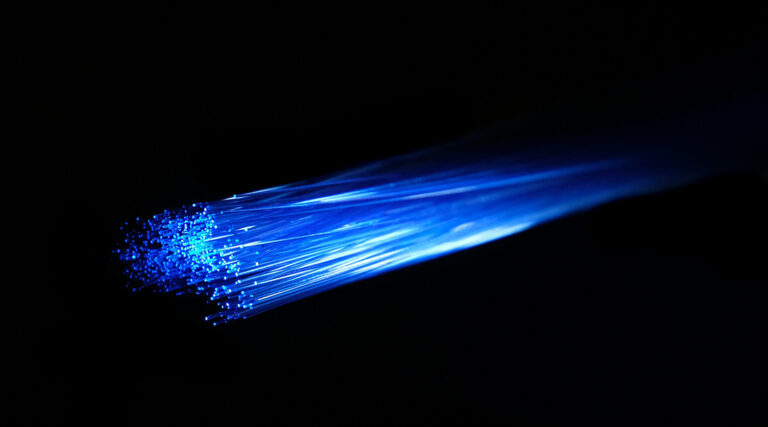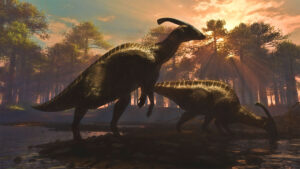It’s looking less and less likely that the Hubble tension is a result of observational errors.
Numerous astronomical observations have shown that the Universe is expanding in such a way that any two celestial bodies not bound by gravity, such as stars and galaxies, move away from each other at a rate proportional to the distance between them – the farther apart they are, the faster they move apart.
This property of spacetime is in agreement with our theoretical understanding of how the Universe has evolved, which is based on Einstein’s general theory of relativity. In this theory, the rate of expansion is described by the Hubble constant, named after the American astronomer Edwin Hubble, who made groundbreaking observations in the early 20th century that provided strong evidence for this expansion.
The Hubble constant can be measured in several different ways and, despite the fact that they all give approximately the same value, there is a small but noticeable difference between these values. Many speculate that this may indicate the existence of some gaps in our understanding of the Universe at the deepest level.
To find out whether this contradiction, called the Hubble tension, really occurs or is simply a consequence of observational errors, a team of researchers from the United States and Switzerland used observations made by the James Webb Telescope, launched into space at the end of 2021. A team led by Adam Riess, a Nobel laureate at Johns Hopkins University, utilized this space observatory to study more than 300 peculiar stars called Cepheid variables (or just Cepheids for short).
“A particular class of stars, Cepheid variables, has given us the most precise measurements of distance for over a century because these stars are extraordinarily bright: They are supergiant stars, a hundred thousand times the luminosity of the Sun,” explained Riess in a press release. “What’s more, they pulsate (that is, expand and contract in size) over a period of weeks that indicates their relative luminosity. The longer the period, the intrinsically brighter they are.”
The problem with Hubble
Scientists have a good understanding of how the brightness of Cepheids pulsate, which has allowed them to deduce the connection between the pulse’s period and the star’s maximum brightness. By comparing this calculated brightness with what we see when we observe the star from Earth, they can precisely calculate the distance to that star.
The Hubble Telescope used these known distances to Cepheid stars to calculate the Universe’s rate of expansion. As light moves through an expanding Universe, its wavelength begins to stretch, a phenomenon known as a redshift. Based on the redshift value, astrophysicists can figure out the time that light traveled from the Cepheid, which allowed them to calculate the expansion rate of the Universe.
But Hubble’s result was slightly different from what astrophysicists had derived from the cosmic microwave background, the electromagnetic radiation that permeates the Universe, left over almost from the time of the Big Bang.
The new James Webb Telescope has a much larger mirror, making it significantly more sensitive than Hubble. Scientists had hoped that it would help solve a significant problem with observing Cepheids using Hubble, which was the inability to reliably distinguish the light emanating from these faraway stars from the radiation of other objects located on the same line-of-sight. Perhaps if this background light could be eliminated, the calculated rates of expansion could be harmonized, chalking up previous discrepancies to experimental error.
A deeper mystery unfolds
Excitingly (or perhaps disappointingly), observations carried out by the Riess group did not eliminate the contradictions, but only seemed to intensify them. Their measurements of the Hubble constant carried out using the James Webb Space Telescope gave approximately the same value as the Hubble Telescope, albeit with a smaller error. This makes it even less likely that the discrepancy was due to measurement error, and means that our understanding of the evolution of the Universe and its governing laws may need significant modification.
“It may indicate the presence of exotic dark energy, exotic dark matter, a revision to our understanding of gravity, or the presence of a unique particle or field,” concluded Riess. “The more mundane explanation would be multiple measurement errors conspiring in the same direction (astronomers have ruled out a single error by using independent steps), so that is why it is so important to redo the measurements with greater fidelity.
“With Webb confirming the measurements from Hubble, the Webb measurements provide the strongest evidence yet that systematic errors in Hubble’s Cepheid photometry do not play a significant role in the present Hubble Tension. As a result, the more interesting possibilities remain on the table and the mystery of the Tension deepens.”
Despite the significant increase in accuracy compared to previous measurements, the team believe that they will be able to increase it even further. The team plans to analyze even more Cepheids, as well as study other space objects that can be used to measure the expansion rate of the Universe, such as red giants. Hopefully this in-depth analysis will make it possible to finally determine what is causing the Hubble tension.
Reference: Adam G. Riess et al, “Crowded No More: The Accuracy of the Hubble Constant Tested with High Resolution Observations of Cepheids by JWST,” [arXiv:2307.15806] (2023), DOI: 10.48550/arxiv.2307.15806.
Feature image credit: geralt on Pixabay












+ There are no comments
Add yours